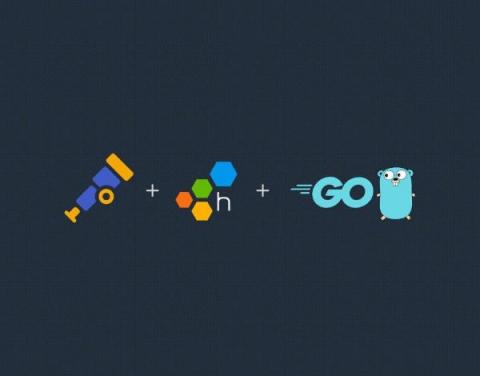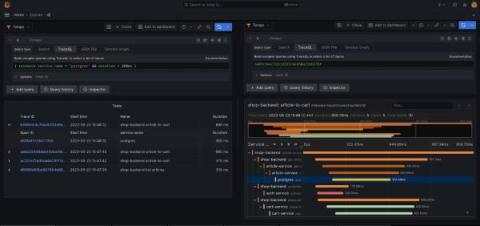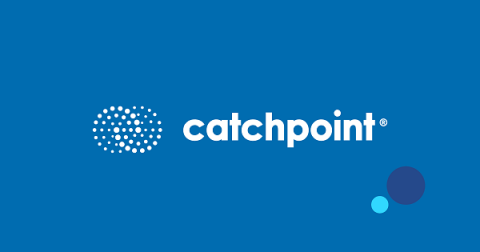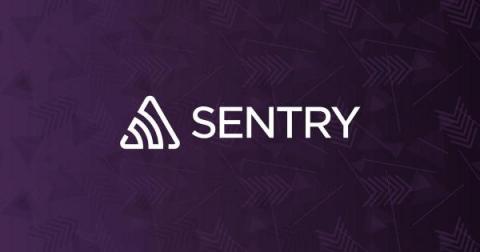Operations | Monitoring | ITSM | DevOps | Cloud
Tracing
The latest News and Information on Distributed Tracing and related technologies.
Automatic Instrumentation for OpenTelemetry Go
The OpenTelemetry Go project now supports automatic instrumentation via eBPF! This is a big milestone for the project and makes it significantly easier to generate data from your Go apps: The automatic instrumentation agent is still in s/alpha/beta today, but it’s ready for you to try on your applications!
Serverless360 - Best Azure Cloud Management Tool
Ingest OpenTelemetry metrics with Prometheus natively
Native support for OpenTelemetry metrics in Prometheus.
Implementing OpenTelemetry in a Gin application
Simplify managing Grafana Tempo instances in Kubernetes with the Tempo Operator
I’ve been working with Grafana Tempo for about half a year now, and one thing I like about it is that Tempo requires only object storage for storing traces, which is easy to set up in both cloud environments and on-premises. Another outstanding feature is TraceQL, which allows searching for relevant traces with a powerful query language.
Navigating the Serverless Landscape: Lessons from our Tracing Collector API Journey
In the previous blog in this series, we delved into the redesigned architecture of Amazon Prime Video and how they integrated different architectural styles for optimal performance and cost efficiency. We also discussed the impact of Amazon’s decision on the concept of a “serverless-first” mindset, highlighting the importance of considering alternative architectural approaches based on specific use cases and requirements.
OpenTelemetry for dummies: ELI5
What is OpenTelemetry? Why is it important? Do SREs need to adopt OTel? An Explain It Like I'm 5.
Harnessing Distributed Tracing for Application Performance Optimization
Distributed tracing is a powerful technique that allows you to track the flow and timing of requests as they navigate through a system. By linking operations and requests between multiple services, distributed tracing provides valuable insights into system performance and helps identify bottlenecks. In this blog post, we will delve into the benefits of distributed tracing, explore its relevance for various application architectures, and uncover how it operates behind the scenes.
OpenTelemetry vs. Prometheus
OpenTelemetry vs. Prometheus - Difference in architecture, and metrics.











